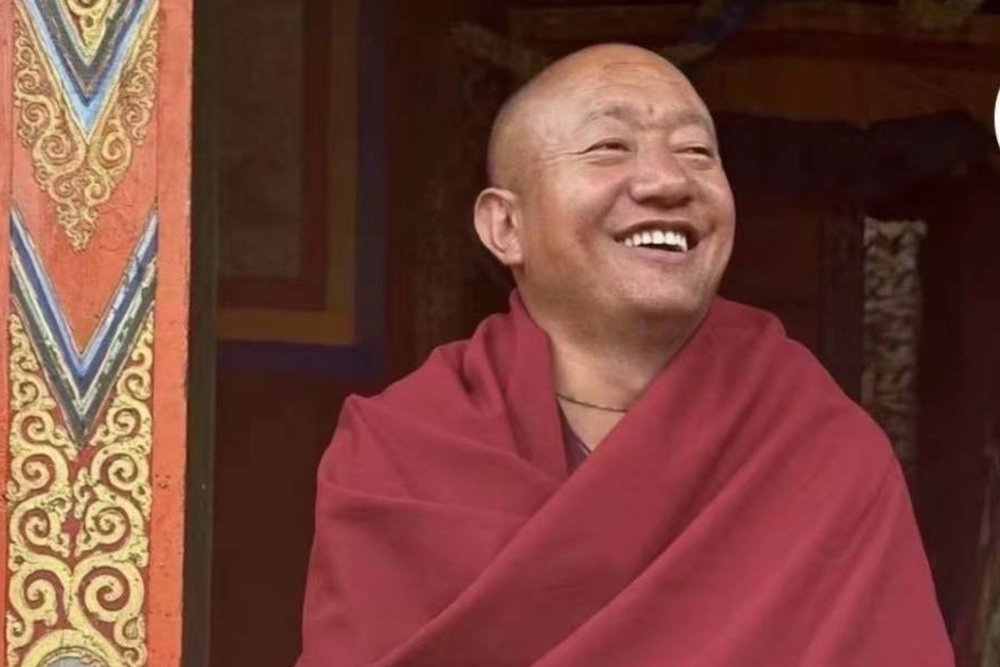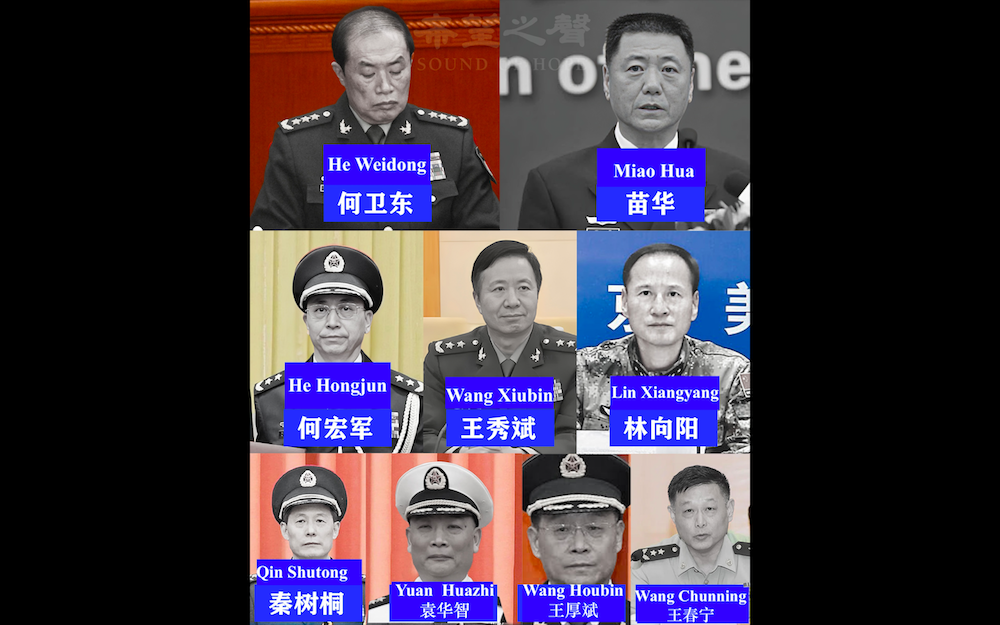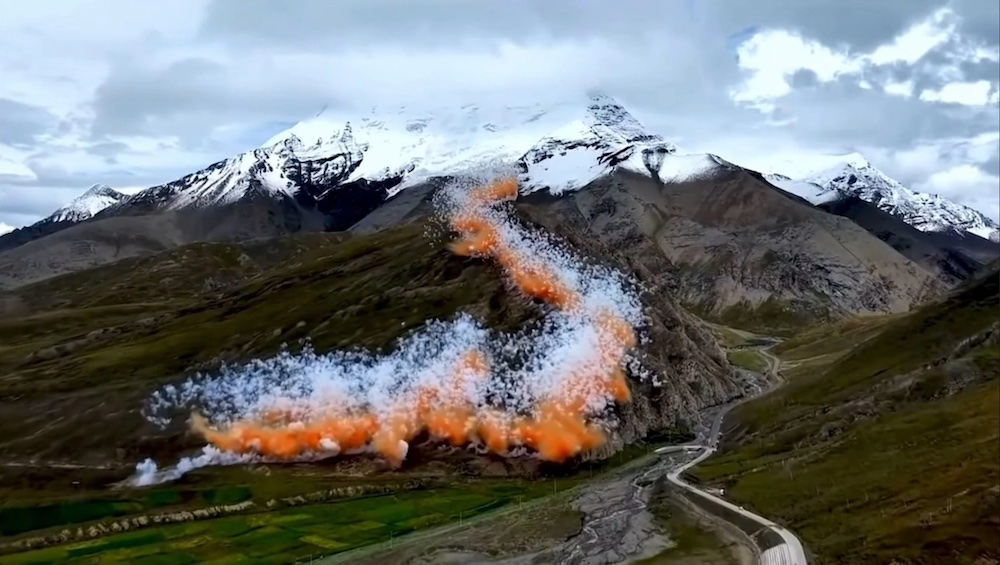Tenzin Nyidon
DHARAMSHALA. Oct. 18: The London-based research and advocacy group Tibet Watch has renewed its urgent appeal for the release and medical care of Gonpo Tsering, the head of Yena Monastery in Shiba village, who is reportedly in critical condition at a hospital in Chengdu, Sichuan province.
The 45-year-old monastic leader was allegedly tortured in custody following his involvement in peaceful protests against the construction of a large hydropower dam in Dege, in the traditional Tibetan province of Kham. Gonpo Tsering was arrested in February 2024 and subjected to severe torture while in detention, leaving him unable to speak or swallow food. He is said to be suffering from respiratory difficulties, loss of eyesight, and brain injuries resulting from the abuse.
Gonpo was among hundreds of local Tibetans, including monks from Wonto and Yena monasteries, who peacefully knelt before Chinese officials, pleading for an end to the forced relocation of villages and monastic institutions threatened by the dam project. The protests were met with a violent crackdown, leading to mass arrests and widespread reports of brutal interrogations.
A Tibetan source in exile with direct knowledge of the situation told Tibet Watch that before losing his ability to speak, Gonpo had said, “Do not worry about me. I have done nothing against the truth and the principles of a monk.”
Another senior monk, Abbot Jamyang Lekshay, was also detained during the same protests. A video of him kneeling with his hands raised in a humble plea to local officials to halt the dam construction went viral online, drawing international attention. He has since been sentenced to four years in prison and is reportedly being held at Yagnga Prison.
In the aftermath, Chinese authorities launched a sweeping campaign of repression in Dege, deploying paramilitary forces and placing Yena Monastery under “focused rectification and re-education,” a euphemism often used to describe political indoctrination and control campaigns in Tibetan religious institutions.
The Kamtok (Ch. Gangtuo) Hydroelectric Dam, with a projected capacity of 1.1 million kilowatts, is being built on the upper reaches of the Drichu (Ch. Jinsha) River, one of the main headwaters of the Yangtze. The project poses an existential threat to at least six Tibetan monasteries and two villages, whose residents face displacement, loss of heritage, and submersion once the dam’s reservoir is filled.
In July 2024, a coalition of 13 UN human rights experts issued a formal communication to the Chinese government, warning of the “dire and irreversible environmental and climate impacts” of the Kamtok dam, as well as the “irreversible destruction of important cultural and religious sites” in Tibet. As with many such communications in the past, the Chinese government has failed to respond.









